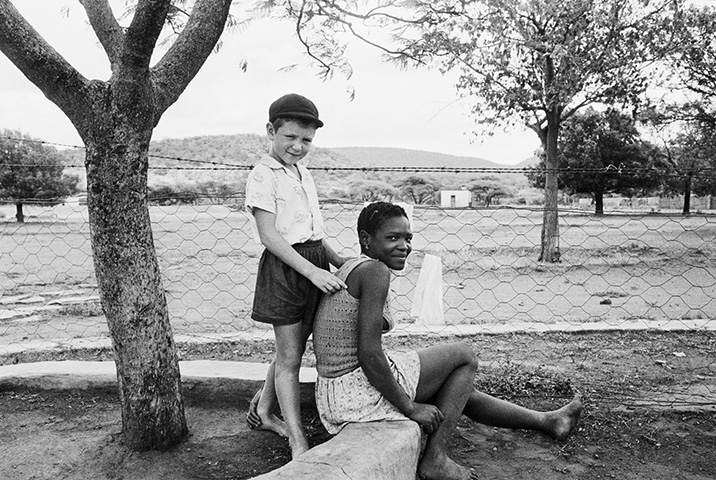Randfontein, Gauteng Province, South Africa, 1930
Johannesburg, South Africa, 2018
David Goldblatt began photographing full-time in the early 1960’s, documenting the harsh complexities of South Africa with a combination of profound intimacy and profound outrage. From the onset his photography was based on protest – informed, passionate, yet never vitriolic or propagandistic — first against South Africa’s oppressive apartheid policies, and later against the post-apartheid conditions that continue to wreak havoc on the nation’s social fabric, such as poverty and untenable living conditions, the inequitable distribution of wealth, the unhealed racial fissures, and the horrific scourge of AIDS.
Goldblatt’s photographs, whether of people, places or buildings, are carefully, often beautifully composed, but they are never overtly constructed or self-consciously virtuosic. Instead, they possess the muted directness of the commonplace, an ease with emptiness, an affinity for the oblique and the quiet. Ultimately, through their combination of formal and conceptual delicacy, Goldblatt’s photographs draw the viewer into a closer visual reading of the appearance of absence, and from there to a deeper understanding of what, in fact, is present.
Taken together, Goldblatt’s photographic series can be seen as belonging to a larger, overarching act of portraiture – a portrayal of a country, as beloved as it is scarred. It is a composite portrait, composed of details and composed across time, but always rooted in a sense of place, and always informed by a deep sense of humanity.















